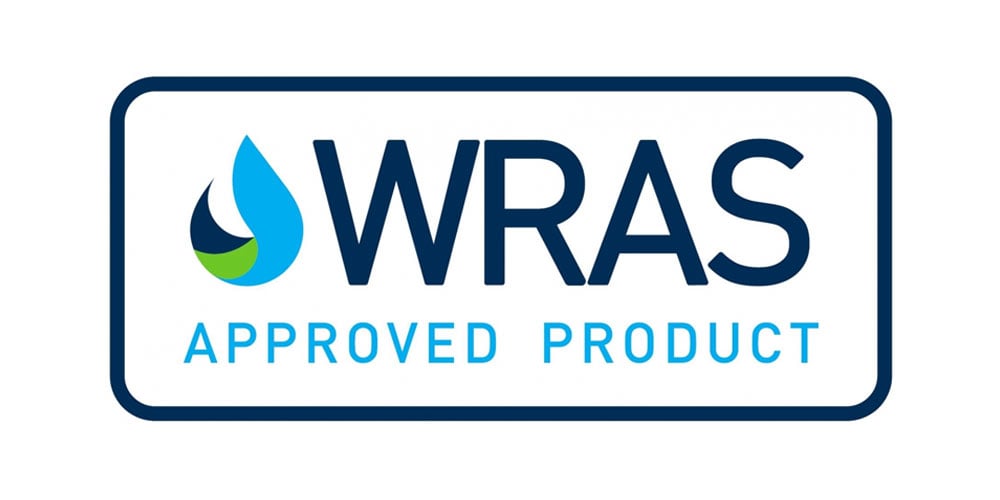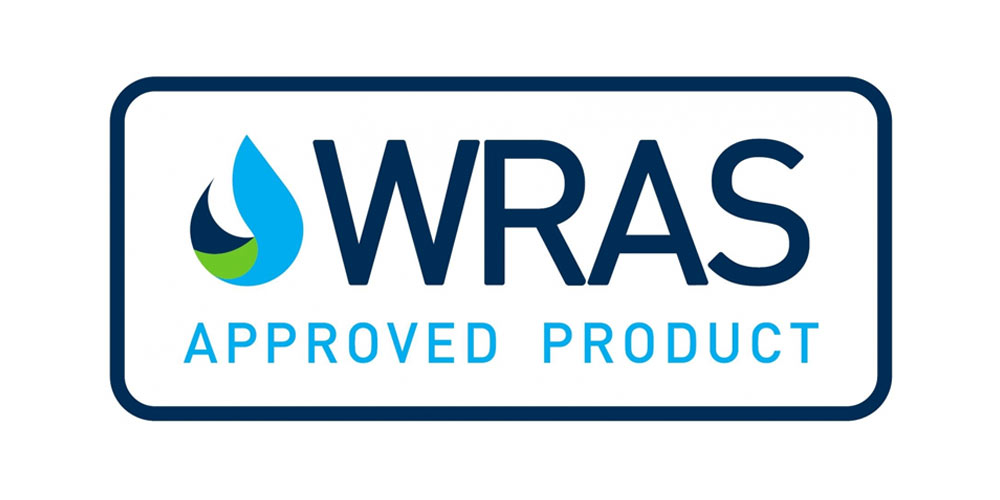
Talk of compliance is much more than a thinly-veiled threat from shadowy forces in a sci-fi movie, as examples and evidence of its existence are all around us, as well they should be. Whatever we do and wherever we choose to do it, it’s imperative for our collective health and safety that we routinely comply with rules and regulations; as well as being mindful of recommendations and accepting advice from those in the know
The water treatment industry is no difference to any other public-facing/serving one in this respect, and therefore explains why there’s compelling reasons to digest and act upon guidance and directives from specific advisory bodies; originally set up to safeguard against lapses or negligence in the area of treating water.
Chief amongst approval schemes of this very nature, WRAS (which is an acronym of Water Regulations Advisory Scheme) was borne out of the need to broadly offer touchstone direction when it came to the efficient use of water treatment industry compliance. And in particular, with a focus on refreshing and reminding those who operate in this sector about their responsibilities, yet stopping short of enforcing Water Supply Regulations and Byelaws.
From its inception, WRAS drew up a list of standards and objectives which were to become the blueprint and progress into water treatment procedural folklore as such. And that these standards and objectives were both a simplistic yet resolute means by which to demonstrably highlight compliance with regards to water fittings (be they whatever functional components of water storage tanks).
In terms of application, once WRAS-approved standards are met by water treatment providers and services, they are awarded an industry-acknowledged certification - or conformance mark – which confirms that companies have adhered to legislated practices.
Why is WRAS-approval So Important?
WRAS-approval denotes that you’ve gone that extra mile to safeguard against the risk of bacterial contaminants entering a water system, first and foremost. Products manufactured from unsuitable materials are a threat of water quality for the simple reason they could dissolve metals and/or encourage the growth of bacteria. Plus a product of this ilk would not evade water supply regulations checks, ergo looked upon as illegal in terms of installation.
So as to achieve WRAS-approved status, products and materials must undergo a series of robust tests to determine the effect they have on the water. And while some may just a bitter taste in the mouth of the end-consumer (or look and smell unpleasant), the primary concern is the potential for toxic chemicals to infiltrate the water; thus creating favourable conditions for bacteria to take root, including Legionella. Once the component proves its mettle, so to speak, and that it doesn’t pose a threat to an internal reservoir of water, then it will receive WRAS-approval. Which extends peace of mind for 5 years in duration, after which another assessment must be carried out.
So, What Else Do We Need to Know About WRAS-approved Standards?
Well, as we’ve already learned, a WRAS approval is an instant way of determining whether or not compliance for a material or water fitting has been met. But just how has this accolade been achieved in the first place? Or rather, and to start at the beginning, what does gaining WRAS-approval entail?
Split into two sections/predominant variants – WRAS Product Approval and WRAS Material Approval – let’s take a look at the former. Avoiding a minefield of gobbledygook, product approval pertains to items (think valves, boilers, taps, cisterns, plastic spacers, rubber washers and showers, etc) being subjected to mechanical and water quality testing practices. Once they’ve passed this, the relevant compliance box is ticked and moreover informs all and sundry that regulation and byelaw requirements are all above board. Providing the fitting is installed in accordance with any conditions given with the approval.
The latter, in contrast, refers to the material approval and concentrates on non-metallic materials and associated components; which undergo testing to determine their effects on water quality. The purpose of this fundamental exercise is to ensure that non-metallic materials/components do not – in themselves - contaminate the water; and by achieving the seal of approval ultimately satisfies this particular requirement relating to regulations and byelaws.
But How Will Everyone Else Know If You Come with WRAS-approval?
Because you’ll be assigned a WRAS-approved logo which you can display as, where and when required to advertise this fact. Once you’ve received the nod, you’ll be able to use the logo on products and other service areas so as to illustrate that the standard of your equipment has passed all the necessary – and stringent – tests. The certification mark will be clearly positioned on packaging, product literature and a manufacturer’s website, should you be in any doubt as to the legitimacy of WRAS-approval claims.
The chances are you’ve observed the distinctive WRAS logo before now, without possibly realising it (or being aware of what it refers directly to). Certification also underlines the fact that your business has undergone significant testing at the hands of independent labs and water suppliers, and ergo is universally recognised by the powers that be thereafter.
I Assume WRAS-approval is a Legal Stipulation Then?
You’d assume wrong, actually, as it’s not considered an outright legislative must in the eyes of the law, however within certain contexts, is. Which we appreciate, might sound more than a little confusing. In essence, seeking out WRAS-approval is a voluntary cause, and manufacturers of water system/storage products are not legally-obliged to honour such concerns. And while a material supplier/contractor may well advise you to comply with this industry-recognised standard, you don’t have to follow their recommendations. That being said (and more in terms of domestic scenarios), with reference to commercial – and many domestic - building projects, adherence to WRAS rules and regs are a different matter.
Providing you’re tapping into a pre-existing mains cold water supply feeding your home/premises (perhaps when installing a new bathroom, for example), then WRAS-approved fixtures and fittings aren’t stipulated. Yet should you construct an extension – or indeed, a new property per se – then that’s when the legal scenario alters. And that’s due to you then connecting to the mains cold supply from scratch. Failure to prove to the utilities company supplying your water that every new product used in your private build is WRAS-approved will result in them refusing to hook up your main cold water supply.
And the clamp down is ramped up to the max when a building is being upgraded or revised for use by the general public (think along the lines of hotels, shopping and leisure centres, care homes, hospitals, etc), where water supplying firms demand that you facilitate WRAS-approved and only WRAS-approved products and materials, exclusively. Irrespective of there already being an existing water supply in situ from which to redirect to/feed off.
In This Instance Outlined, At Which Juncture Do WRAS Regulations Apply, Then?
As implied above, WRAS regulations apply to any premises that are in receipt of public water supplies, which concentrate on the passing of water between the boundary said building and a mains cold water supply. All of which confirms that while it’s within the realms of the current laws that contractors can both purchase and implement non-WRAS-approved items, where all parties concerned will immediately hit a dead end thereafter is when they approach the utilities company to request that water is run via this new assemblage. What’s more, the actual installation needs to be undertaken in a way which satisfies WRAS standards too. So if they’re installed in a lacklustre way, the once again WRAS-approval might not be forthcoming.
In a nut shell, it’s accepted knowledge (and a verified code of practice) that any water fitting – once installed – will either carry or receive water courtesy of a public mains water supply in a way which DOESN’T result in waste, misuse, undue consumption or – and key to this blog – contamination of the water supply. And that it must box-ticked as what’s deemed to be of ‘an appropriate quality and standard’.
So What You’re Saying is That I Should Always Buy WRAS-approved Products?
In a word, yes. Domestically – at least to a point, as stated – then you’re not legally obliged to, however if you’re talking about amendments to a public property, then it’s compulsory practice as we’ve now discovered. But whatever means to an end it serves, it’s important to remember that WRAS-approved products benefit from a seal of approval that affords everyone peace of mind from the outset. And in addition, reminds everyone that the items manufactured will not contribute to contamination of your water supply, and therein not jeopardise public health. Which is always a price worth paying, in our opinion.








